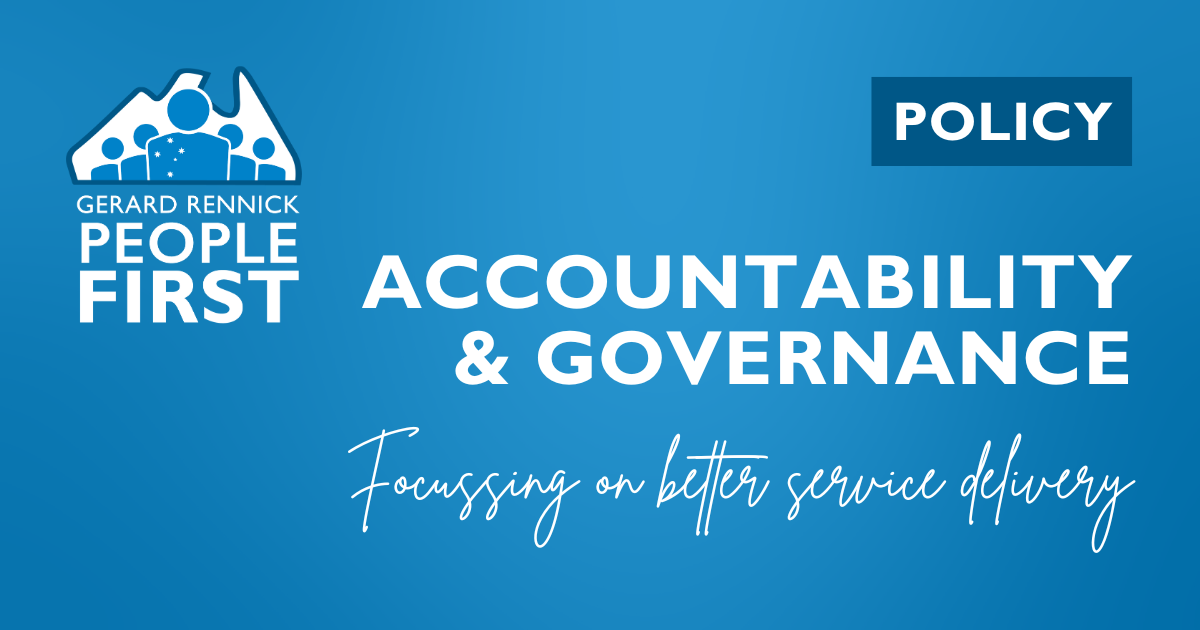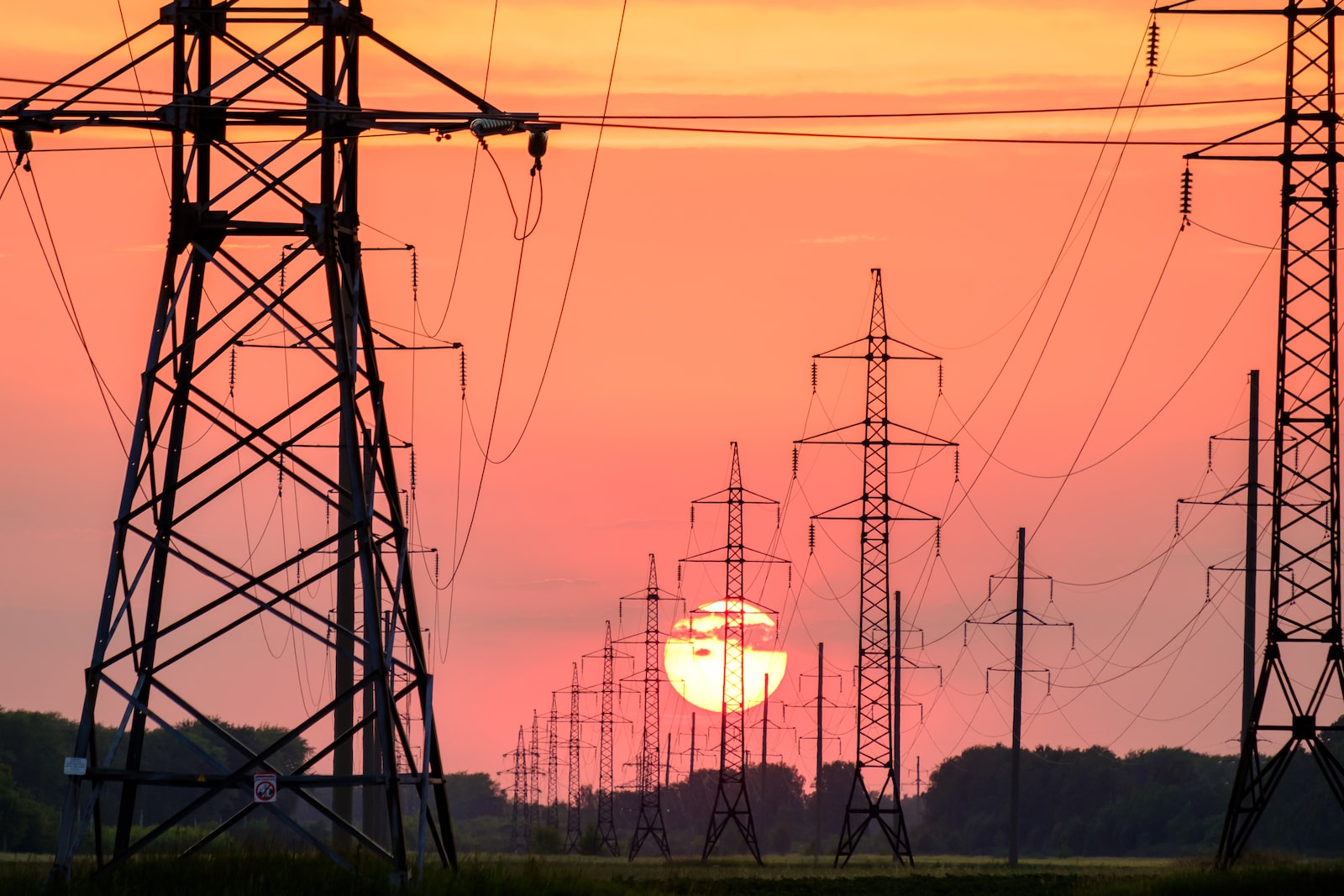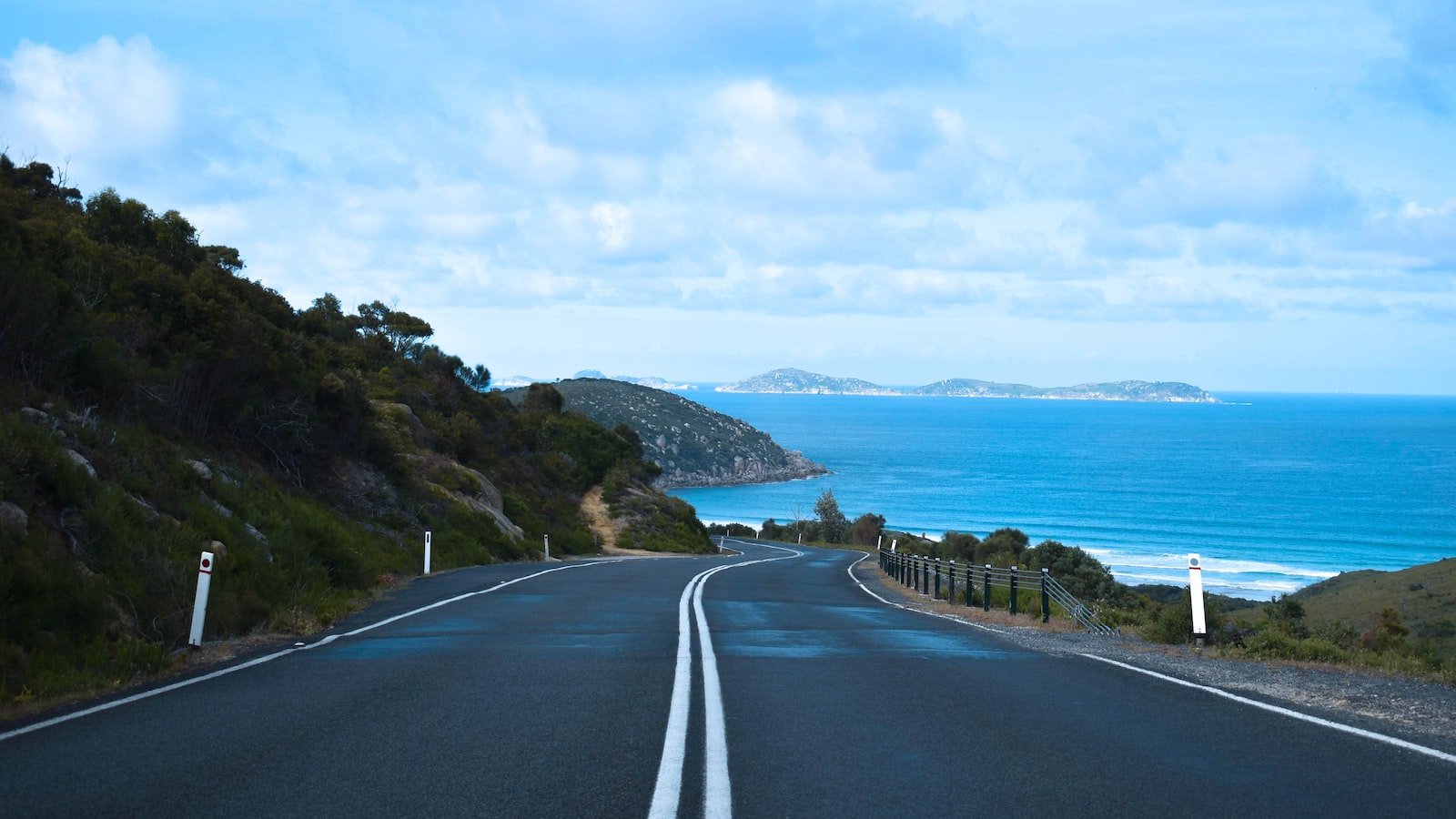Batteries will never store enough energy to backup renewables.
In Estimates I tried to get a straight answer on just how long the life of a battery is.
Needless to say I couldn’t get one. They can currently (in optimal conditions) provide a small amount of energy for 2 to 4 hours.
This of course isn’t long enough if the entire grid is to be powered by renewables. Longer term storage has to be provided by pumped hydro which requires the construction of enormous pumping stations powered by wind and solar.
As shown by the Snowy Pumped Hydro, pumped hydro is not only ludicrously expensive, it is incredibly destructive to the environment.
When pressed on just how much battery technology has improved, Matt Kean couldn’t give a straight answer. The fact is the cost of building enough batteries to back up the energy grid run by renewables is prohibitive and will never work.
Environment and Communications Legislation Committee – 04/11/2024 – Estimates – CLIMATE CHANGE, ENERGY, THE ENVIRONMENT AND WATER PORTFOLIO – Climate Change Authority
Senator RENNICK: No worries. The Climate Change Authority advises on social, employment and economic benefits of the targets. I note today that the Eungella hydro scheme has basically been canned because it was going to cost $36.8 billion, and I’ve had prior meetings with the CSIRO where they’ve admitted that basically there aren’t enough pumped hydro storage sites in Australia to provide enough long-term storage. Do you think that the CSIRO has adequately taken into account in their GenCost report the cost of pumped hydro in order to actually have enough reliability in the system if you were to go to 82 per cent renewables by 2030?
Mr Kean: I can’t comment with regard to the CSIRO and the considerations they took into account, but what I will say is this: I think long-duration storage is very important, and I think a lot of the cost estimates around long-duration storage are greater than they originally were when they were signed up to. I don’t need to tell you that. Snowy 2.0 is an obvious example of that. But that is true for all large infrastructure projects across the country and right around the globe at the moment. The other thing I’d say is that storage per se is dramatically coming down the cost curve at the moment. Battery technology is falling so rapidly that it’s eating other technologies’ lunch or it will certainly do so in the foreseeable future if you believe—
Senator RENNICK: Is that in regard to costs or length of storage?
Mr Kean: Both. The technology is evolving so quickly and the economics are dropping so dramatically that it’s undermined the business case for other forms of technology. Let me just use nuclear again. I’m not doing this for a political purpose. Nuclear is a certain technology that provides a certain type of electricity. Because batteries are dropping so dramatically down the cost curve, it’s really undermining the business case, not that there was one for Australia at the moment. But you’d be a very brave person to bet on that old, outdated technology when the technology around storage is changing so rapidly. That’s not a political point.
Senator RENNICK: Just being more specific then, are you talking about the length of time that it can provide backup for? My understanding is most batteries can’t provide much more than two to four hours of backup.
Mr Kean: That’s at the moment, but the point is that it’s evolving so quickly.
Senator RENNICK: How far have we gone from two to four hours? How much further have we gone? Cost is one thing, but battery technology, given it’s the storage, is obviously about duration of time. You’d want to get to 24 hours if you’re having a couple of cloudy days. You’re going to need batteries that can provide 24-hour storage or thereabouts, 12 to 24—a lot more than two to four hours.
Mr Kean: I think we need to be thinking about energy a bit differently. To your point, we don’t need 24-hour battery storage necessarily; we need a lot of little storage around the place, complemented by other things. Peaking gas is something that CSIRO talks about. We don’t need necessarily all long-duration storage or all short-duration storage. There are going to be a suite of technologies that are going to work together like an orchestra. If you play one of them alone, they’re not going to work that well, but if you put them all together, they’ll work.
Senator RENNICK: I understand where you’re going, but peaking gas is a good example, because that’s extremely expensive. There’s talk about having to build an import terminal now, because we export it but we won’t drill for it here. Yet again, every solution has its downsides, including peaking gas, which is going to be expensive.
Mr Kean: Don’t forget peaking gas you’re using less than five per cent of the time, which unlocks all the renewable energy. It also unlocks your ability to use a lot more storage on the grid to balance the system and put downward pressure on prices.






























